Now here’s a place I’d like to visit the next time I go Over There, because the owner seems to have the Right Stuff.
A pub boss has called last orders on customers in sportswear in a bid to drive out ‘chavs and roadmen with bumbags’ from his watering hole.
Landlord Brian Hoyle, who runs The Orange Tree in Hereford, has put a blanket ban on customers wearing hoodies, tracksuits and Stone Island clothing in his pub.
He is also barring under 21’s from the city centre pub at weekends due to youngsters being ‘unable to handle their booze’.
Needless to say, his dress code and age limit have aroused the anger of The Usual Suspects:
But the ban, which Hoyle says is aimed at making his watering hole a ‘proper’ Hereford pub again, has proved controversial among residents in the cathedral city.
Some of the residents have accused the policy of being ‘discriminatory’.
You see, this is what happens when you start ascribing motives to an ordinary word, used in its original (and correct) sense for centuries.
Let me say right now: there’s nothing wrong with being discriminatory: it’s a human trait that distinguishes civilized men from savages and animals, and helps us provide order in our world.
Sadly, of course, “discrimination” these days is used almost exclusively to demonize racial discrimination, which is not necessarily a Good Thing when applied purely as a measurement of skin color. But historically, that is actually the least of the word’s many applications. Here are a couple more.
When I say, for example, that I loathe “American” cheese (that orange paste stuff) and prefer to eat Jarlsberg, Cheddar or Emmenthaler, I am showing that I have a discriminating taste — just as is someone who would prefer to own and shoot a Colt Government over a Jennings Saturday Night Special, or prefers to own good knives made by Ken Onion over cheap brittle stuff made in China. Nothing wrong with that. Experience has taught you that stuff of inferior quality is not worth ownership or use.
When you prefer to invite people of your own sort to dinner parties, you’re being discriminating in your choice of friends — and once again, there is absolutely nothing wrong with that.
So of course, our worthy publican in the above story is setting his preferences — because over many years and much experience, he had discovered that people who dress a certain way and/or of a certain age tend to abuse his hospitality, so he wants to preclude them from coming in and, let it be known, spoiling things for people with manners, respect and proper attire.
Somebody needs to put an end to the loutish, boorish behavior of the younger generation, and he’s chosen to make a stand.
And good for him, say I. If I were in his shoes, I would do precisely the same.

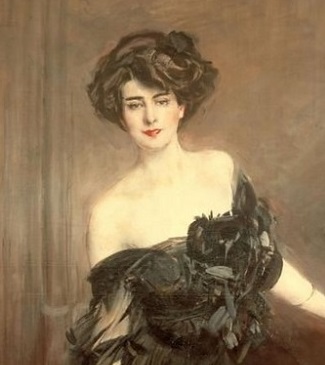

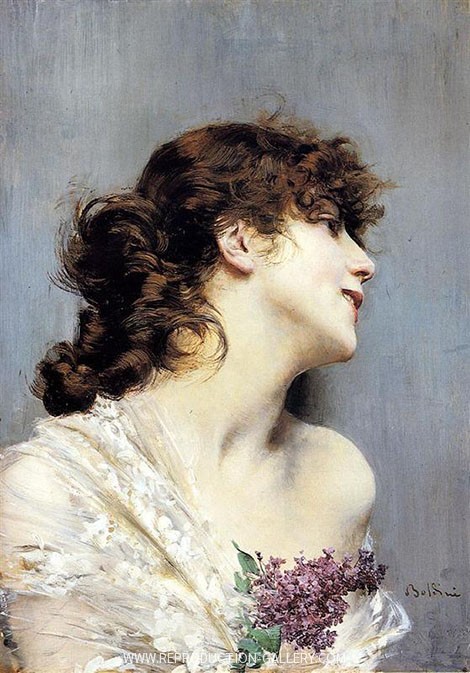
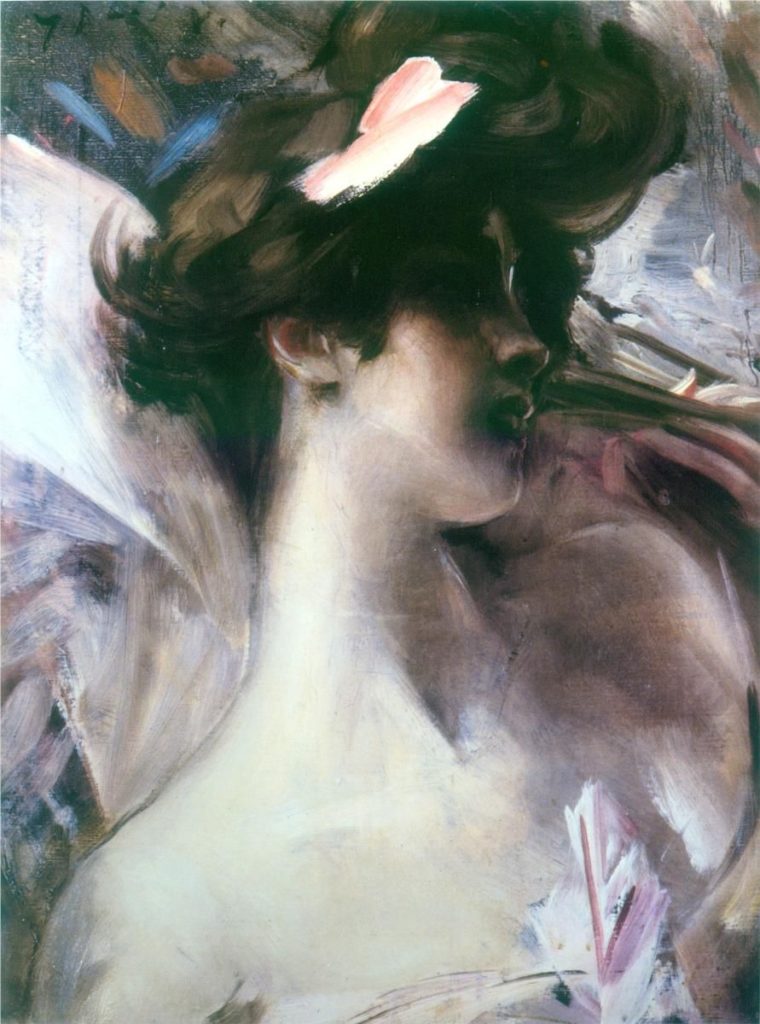
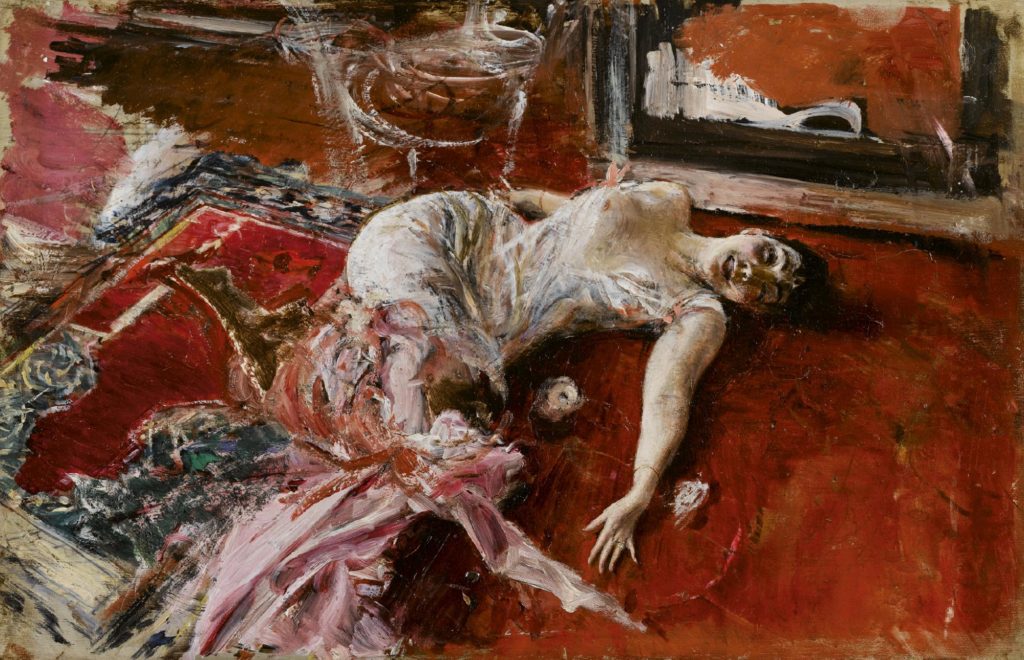
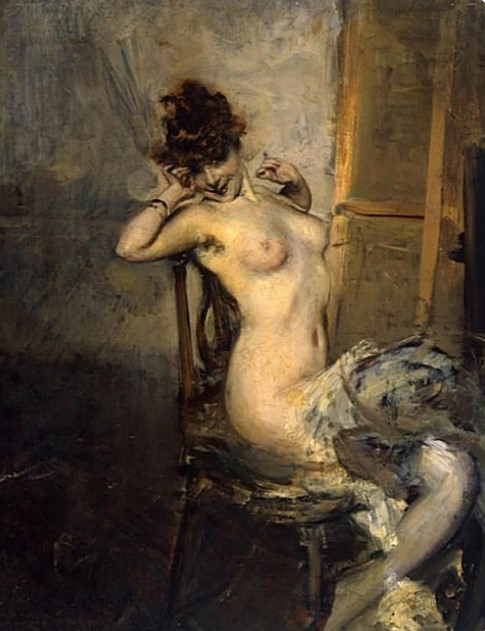
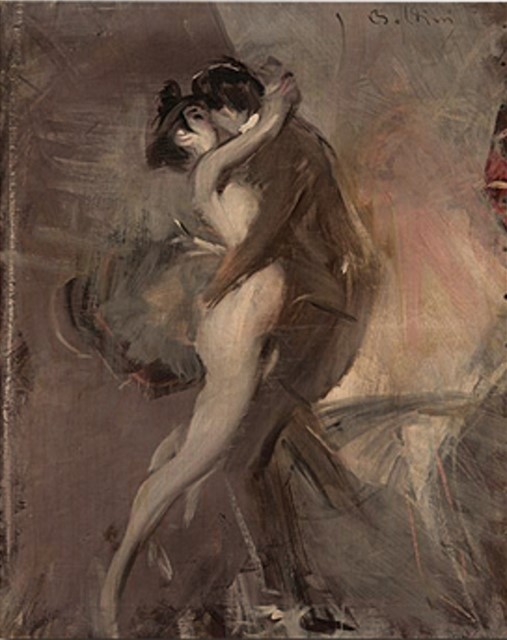
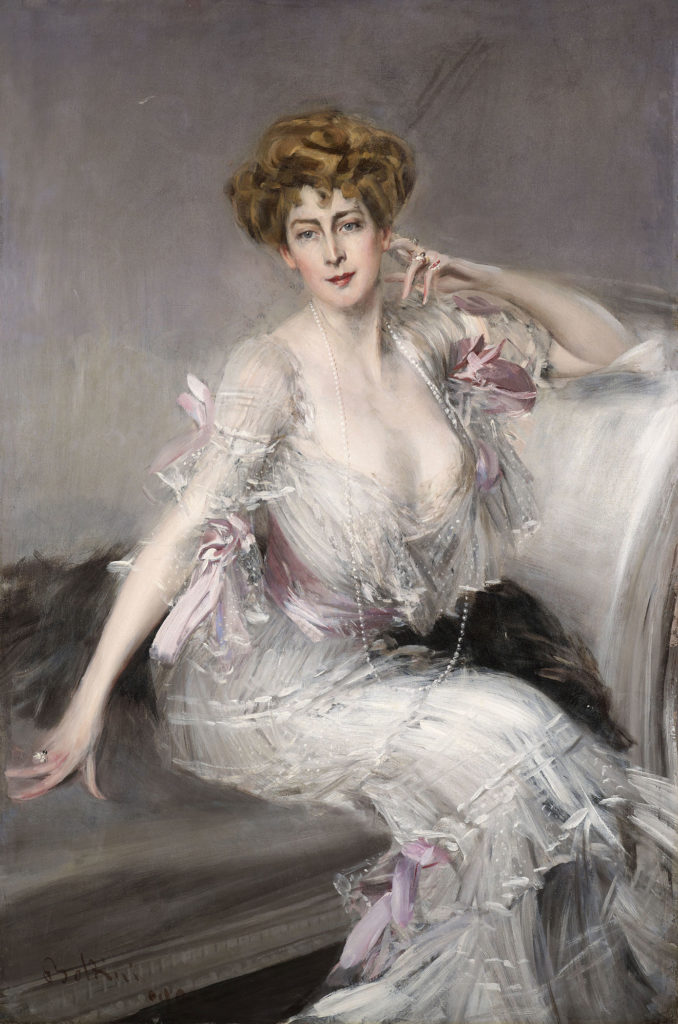

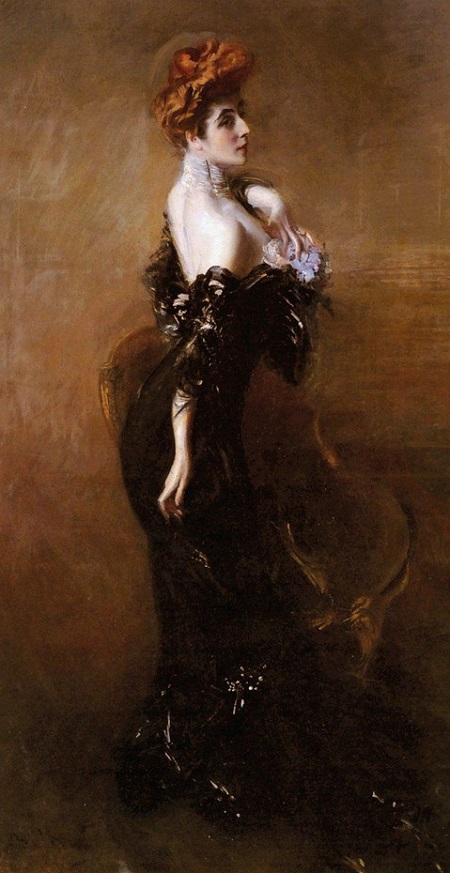


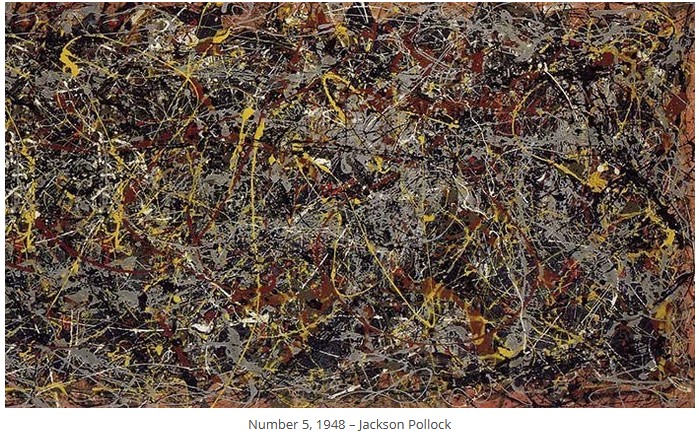
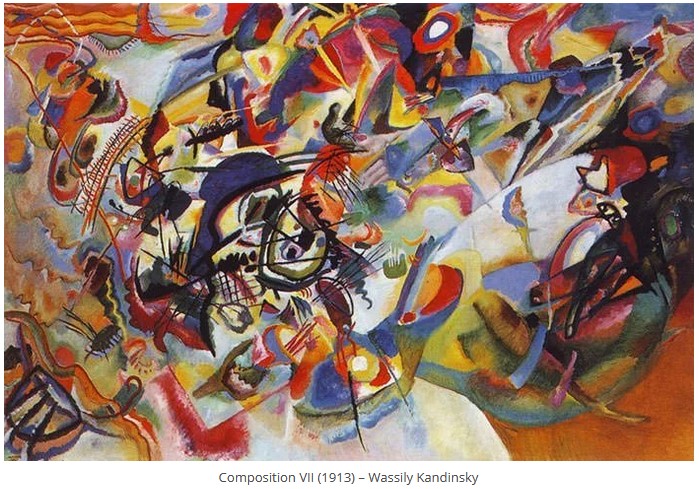


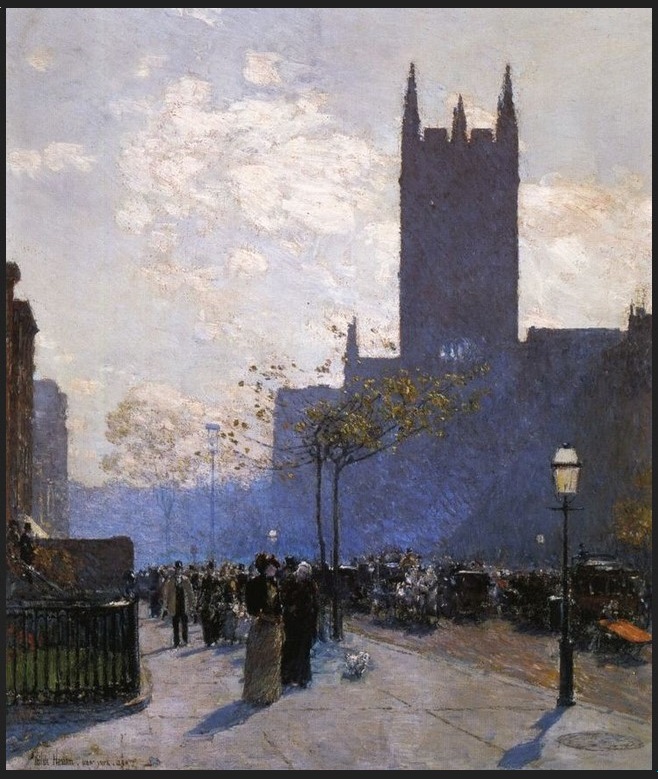
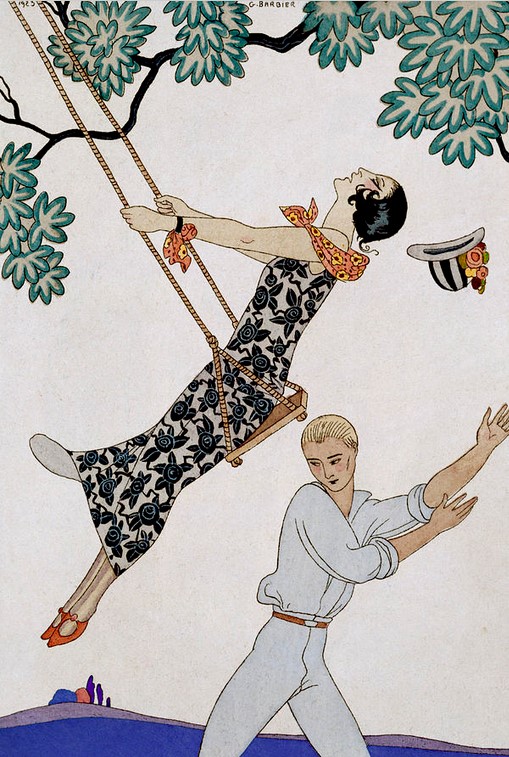
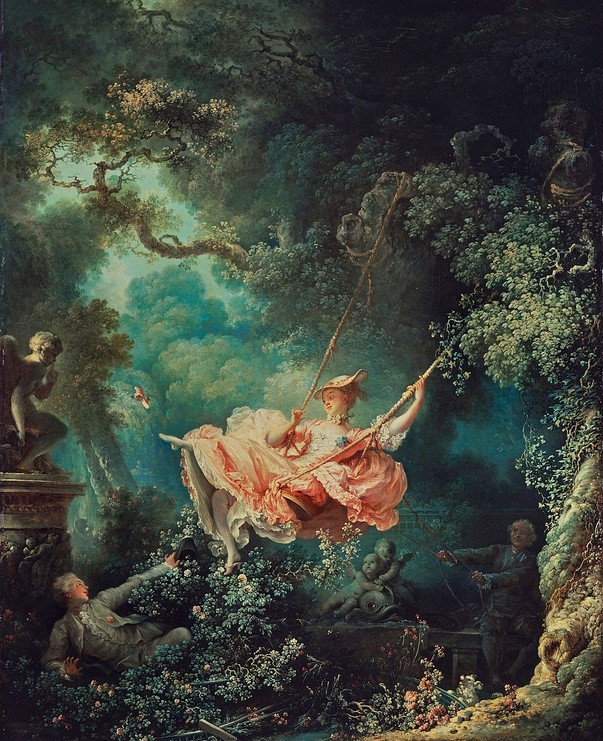
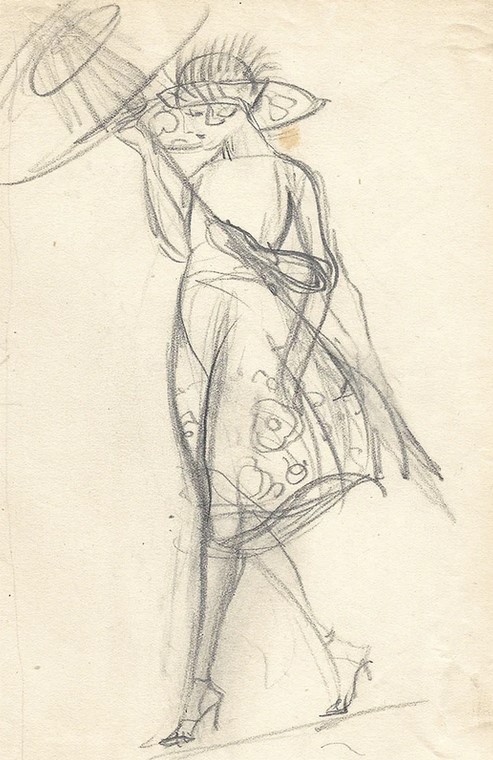
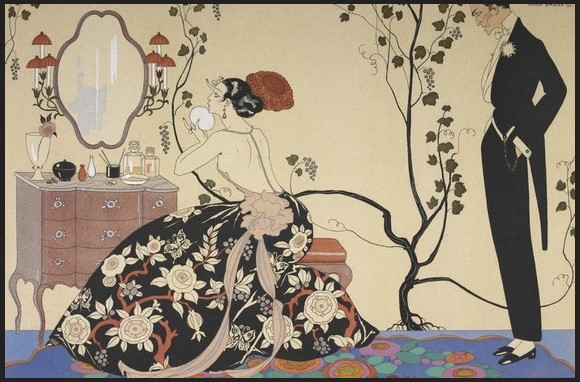
If you look closely at Nemidoff’s face (between portrait and photo), you can see that he captured it rather well. What Boldini did was to take her hair out of that ridiculous corseted Edwardian hairstyle and tousle it into that wild, wanton bush.
Now throw in a little non-Edwardian off-the-shoulder decolletage and a sexy pose with hooded eyes…
…and there you have it: a perfect Boldini portrait.
No wonder they all loved him and he had more business than he could handle.